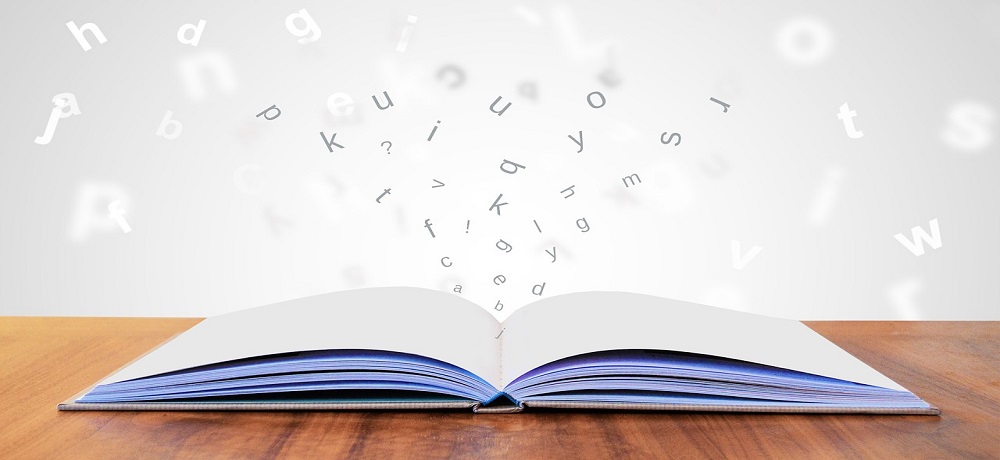Recommended Info For Choosing Italian Kindergarten Teaching Support
Wiki Article
What Manipulatives Are Appropriate For Italian Nursery Schools?
Italian nurseries can benefit from using visual aids, technology for education, and manipulatives. Here are a few examples Manipulatives. Manipulatives may be utilized by children to play and to learn. They also help them develop their fine motor skills. Puzzles, blocks and sorting games are examples of manipulatives that could be suitable in Italian nursery schools.
Visual aids. Visual aids help your child to learn concepts, as well as encourage the development of their language. Some aids with visuals that may be suitable for Italian kindergartens are posters maps and charts as well as picturebooks and flashcards.
Educational Technology: Educational technlogy can enhance the learning experience and provide extra resources for students. Examples of educational technology that could be appropriate for Italian kindergartens include touchscreen tablets that have interactive whiteboards, educational apps, and audiovisual equipment to display educational videos and animations.
It is essential to keep in mind that the materials utilized in Italian preschools must be appropriate for the age of the child. The selection of materials should be based on the individual's interests and needs. Teachers and the caregivers in the nursery school must to review and regularly update the materials that they use in order to ensure they are engaging and effective. View the top materiale didattico italiano for more recommendations.

What Maths Educational Games Are Highly Recommended By Italian Schools?
Maths didactics cards can be used to teach basic math concepts to children. Below are a few types of Maths didactic cards that could be suggested: Number cards: Number cards can aid children in learning the numbers 1-10 or more. They can feature illustrations of animals or objects which represent numbers to make learning more fun.
Shape cards: These cards can be used to teach children names and the characteristics of different shapes like circles, squares triangles, and rectangles. They may also include pictures of real objects that depict every shape.
Color cards can be used to teach children about the names of various colors and their shades. To make learning more interesting you can also include pictures of objects with a dominant color.
Counting Cards: These cards aid children learn to number from 1-10. They can have illustrations of animals or objects that represent every number.
Time cards: These cards help children understand the concept of time, as well as the names of days of the week as well as the month of the calendar. They may also include illustrations of calendars and clocks, making learning more exciting.
Maths cards must be age-appropriate, interactive and engaging for children who are just beginning to learn. Teachers and caregivers are able to use these cards to engage children in engaging, fun Maths activities which promote curiosity and enthusiasm in children. View the top materiale didattico matematica sostegno for website recommendations.

What Science Didactic Cards Do Italian Nurseries Suggest?
Science didactic cards can be an an excellent tool for teaching children about the fundamentals of science. Here are some science didactic cards to consider Animal Cards. Animal cards can teach youngsters about various animals, their characteristics and the way they behave. They can be illustrated with animals and their surroundings to make the learning experience more interesting.
Plant Cards: Plant cards are a great way for children to learn about various characteristics of plants and their features. To make learning more engaging, they can contain illustrations of stages of growth and illustrations.
Weather cards: These help children understand the effects of various types and weather conditions on the world. They can also include pictures of various weather conditions, such as snow, rain and sun.
Space cards: Spacecards can aid children in understanding the solar system and various planets. They can also include images of planets, as well as their unique properties, as well as other details.
Human body cards: Human body cards can help children learn about different parts of the body and how they function. Illustrations of body parts may be used to help explain their functions.
It is essential to select scientific didactic cards that are appropriate for children of all ages, fun, and interactive for young children. Teachers and caregivers can to make use of these cards for exciting and engaging activities that encourage children's interest in learning about the world. Check out the most popular schede didattiche scienze for blog tips.

What Geography Teaching Materials Are Necessary In Italian Nurseries?
Geography teaching materials in Italian nurseries can aid children acquire a greater awareness of the world around them and gain knowledge about various cultures and the environment. Here are a few examples of teaching materials for geography which may be required: Maps: Maps can help children understand the geography of different nations and regions, and the locations of various landmarks and natural landmarks.
Globes. Globes can aid your child in understanding the earth's surface. They can also help them learn more about the continents.
Videos and pictures. Videos and photos of different cultures, places and people can help teach kids a lot about the world.
Books appropriate for children and feature cultures and places that are from all over the world encourage children to explore the world of geography.
Natural substances. Shells, rocks, and plants aid children in understanding different environments and eco-systems.
Field trips: Field trips to local parks, zoos, and museums can provide children with hands-on experiences and opportunities to learn about geography in the real world.
It is essential to select geography teaching materials that are age-appropriate and culturally sensitive. They help teachers and caregivers to design engaging and engaging activities that encourage the love of learning among children and curiosity.
